How to Clean a Washing Machine, According to Cleaning Experts
When you think about giving your home a good scrub down, you probably don’t consider washing the things that do the cleaning. Case in point—when was the last time you cleaned your washing machine? You’re not alone if you think the appliance is basically cleaning itself every time you run it. But that’s hardly the case. Yes, even washing machines get dirty—or worse yet, moldy—and chances are high yours needs a good sanitizing.
“A lot of people think washing machines are self-cleaning. On the one hand, they do rinse out after each use, but on the other hand, what’s left behind is soap residue, dirt, bacteria, and hard water deposits,” explains Melissa Maker, host of the YouTube channel Clean My Space. “All of the things that come off your clothing—most of it rinses away, but there are even remnants of that that get stuck behind.”
Ready to start scrubbing? Keep reading for a step-by-step guide from cleaning experts on how to clean a washing machine.
How to Clean Your Washing Machine
Step 1: Read your machine’s user manual.
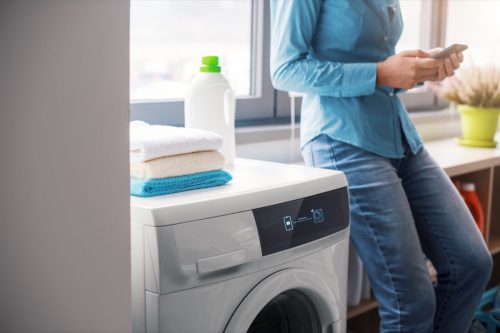
Depending on the brand of your appliance or whether it’s a front-loading washing machine or a top-loading washing machine, there may be specific care instructions.
So, before you start cleaning, read your owner’s manual and find out what you should and shouldn’t do. If you’ve misplaced the manual, Maker says you can search your washing machine’s make and model number and pull up the manual online.
Step 2: Clean the drawer with soap and water.
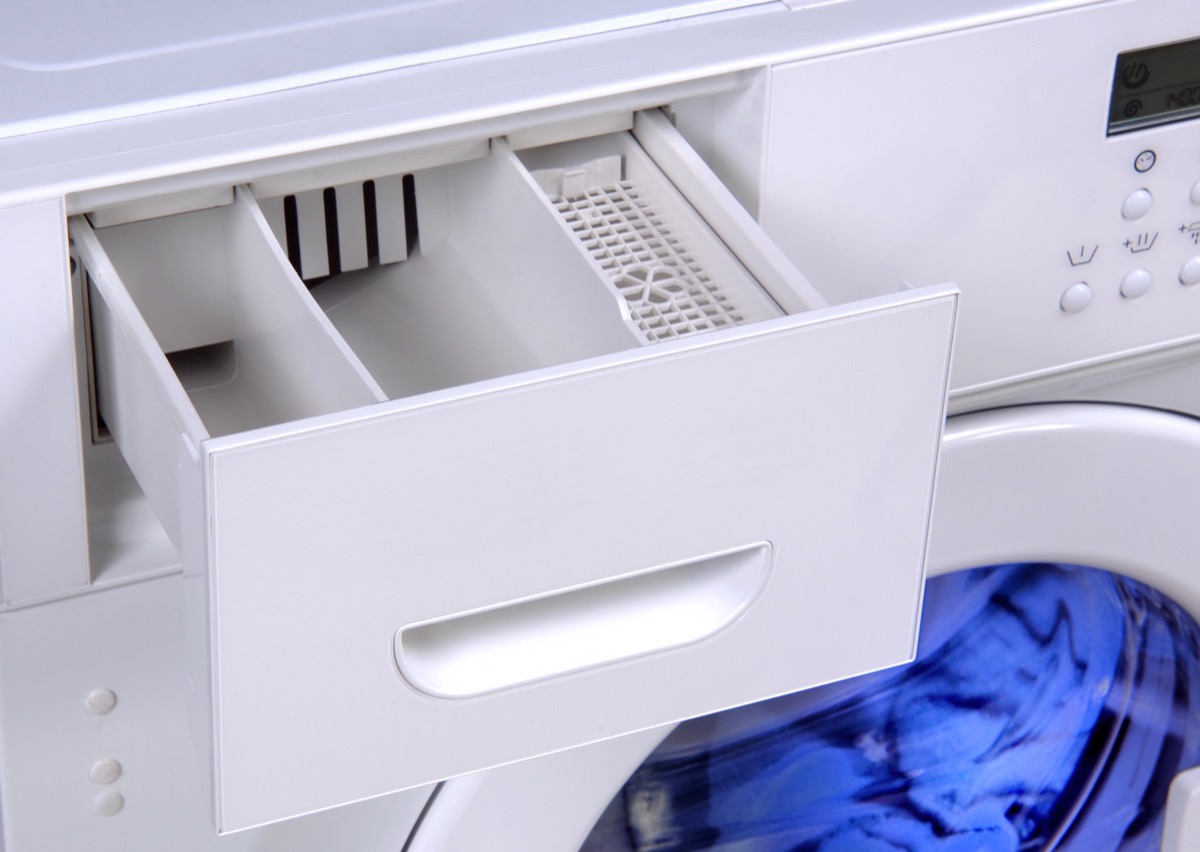
To clean a washing machine, the first thing you should do is scrub down the drawer where you put your detergent and fabric softener.
According to Cyrus Bedwyr, appliances cleaning expert at Fantastic Services in London, keeping the detergent drawer fresh ensures that it “can’t get clogged with old detergent.”
And all you need is soapy, hot water and a sponge to totally transform this part of your washing machine. Scrub it down once a month, and Bedwyr says you should have “no problem with mold and limescale.”
Step 3: If your machine has one, clear the filter of any debris.
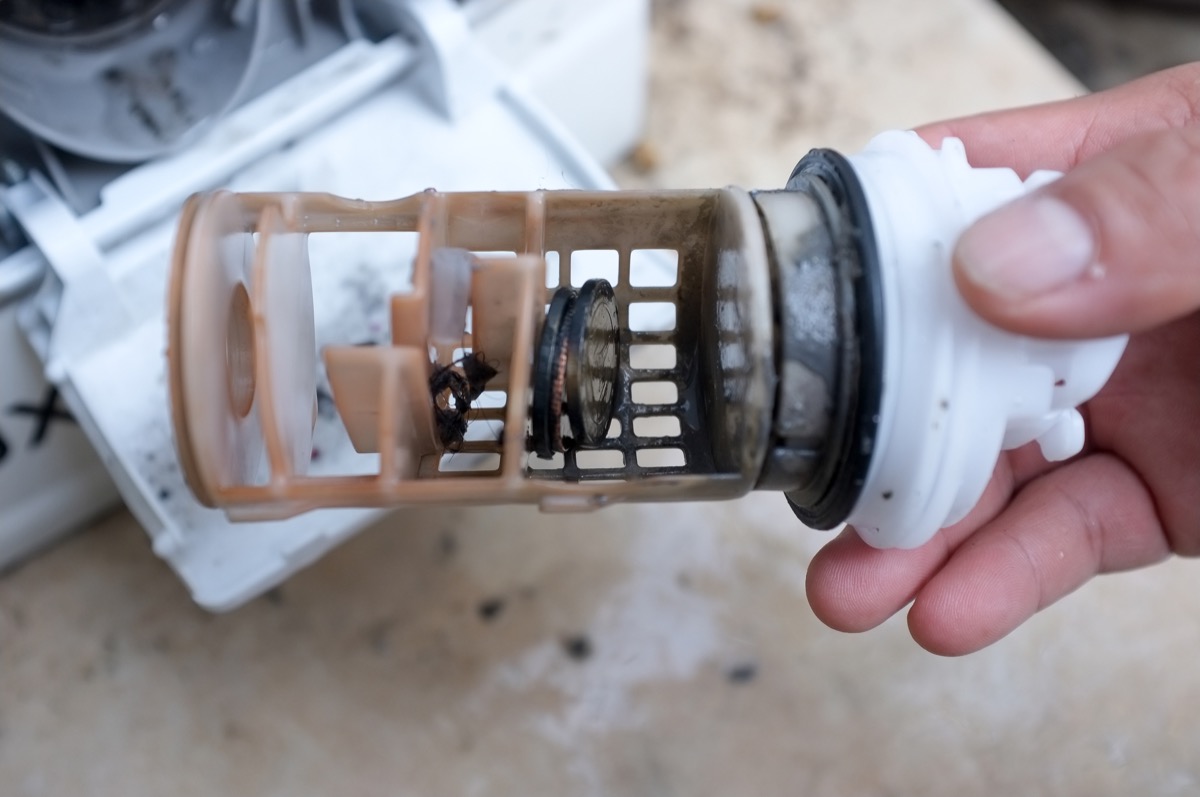
You’d be amazed what kind of stuff can get stuck in your washing machine filter if your appliance has one. That’s why Bedwyr notes that you should “check the filter for coins or anything else that can be forgotten in the pockets.”
Removing any unwelcome items can prevent a blockage and save you a call to the repairman.
Step 4: Check your hoses.
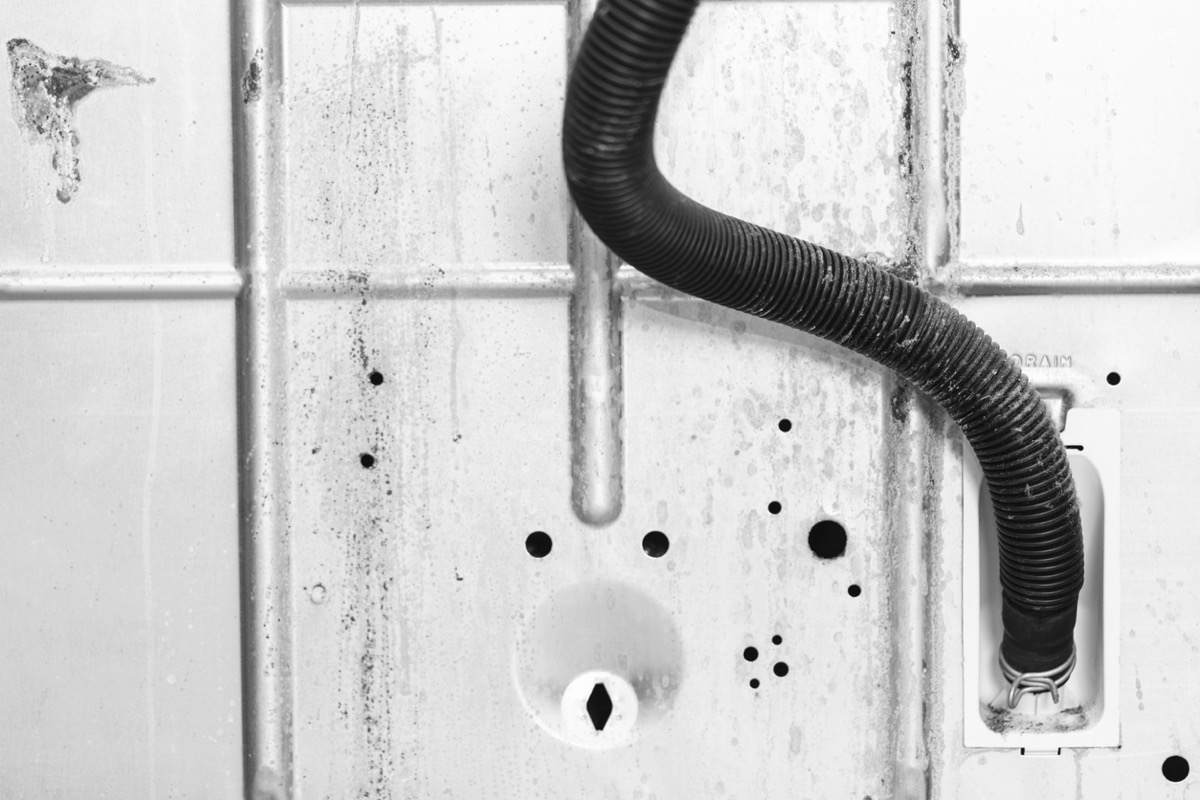
Without fully functioning hoses, your washing machine will stop running. And a hole in a hose could cause flooding in the house. As part of the cleaning process, Bedwyr recommends inspecting your hoses for proper attachment and any holes.
Step 5: Run your washing machine with vinegar and baking soda.
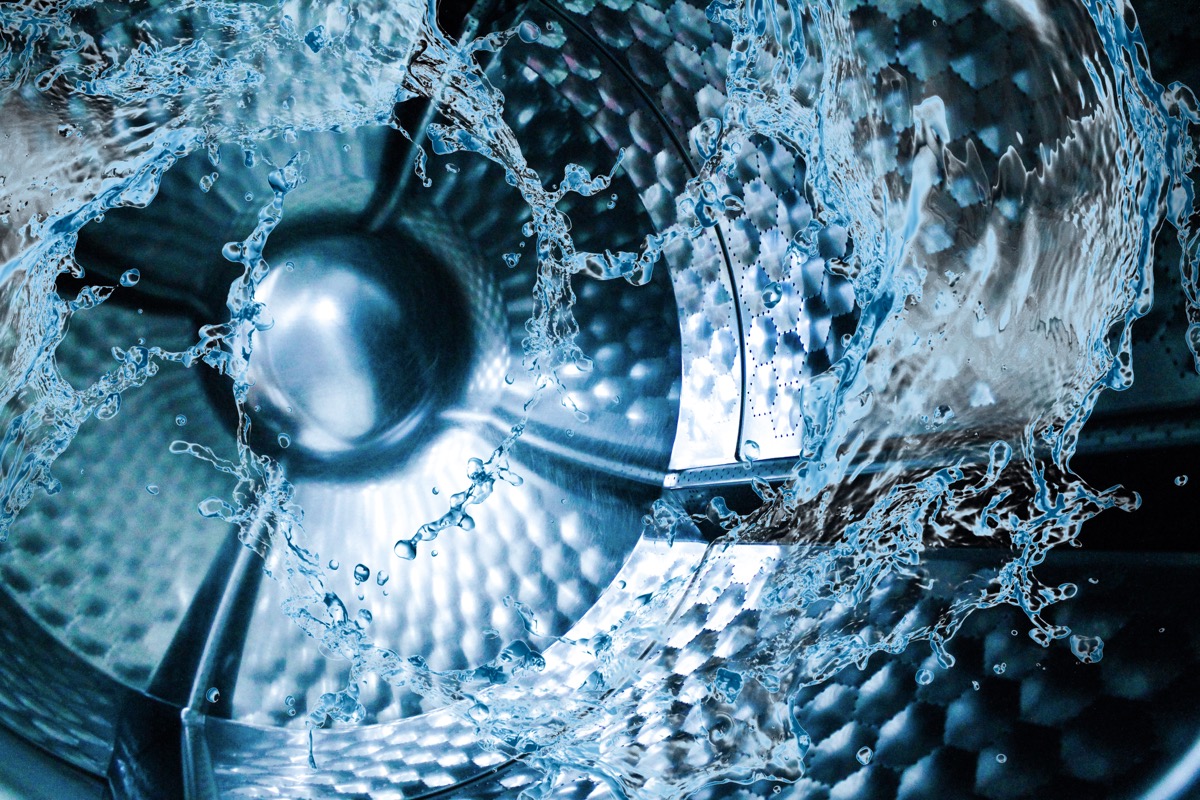
According to Bedwyr, bacteria and soap scum most often accumulate on the drum and rubber seal of the washing machine. Thankfully, you can easily clean these areas with two products you likely already have: White vinegar and baking soda.
Ron Shimek, president of Mr. Appliance, previously explained to Best Life that a natural way to clean your washing machine is to mix ¼ cup of baking soda with a ¼ cup of water and pour that into the detergent dispenser. Then, add four cups of plain white vinegar right into the tub.
“Vinegar loosens the detergent and hard water buildup and lets the washer rinse clean,” he explains.
Run your washing machine on the normal cycle on the hottest setting with nothing in it. Try to do this at least every three months to clean the drum and pipes, Bedwyr says.
If vinegar is too potent for you, Maker notes that there are special washing machine cleaners on the market designed for this purpose. “Either/or will work,” she says.
Step 6: Remove any remaining debris with alcohol.
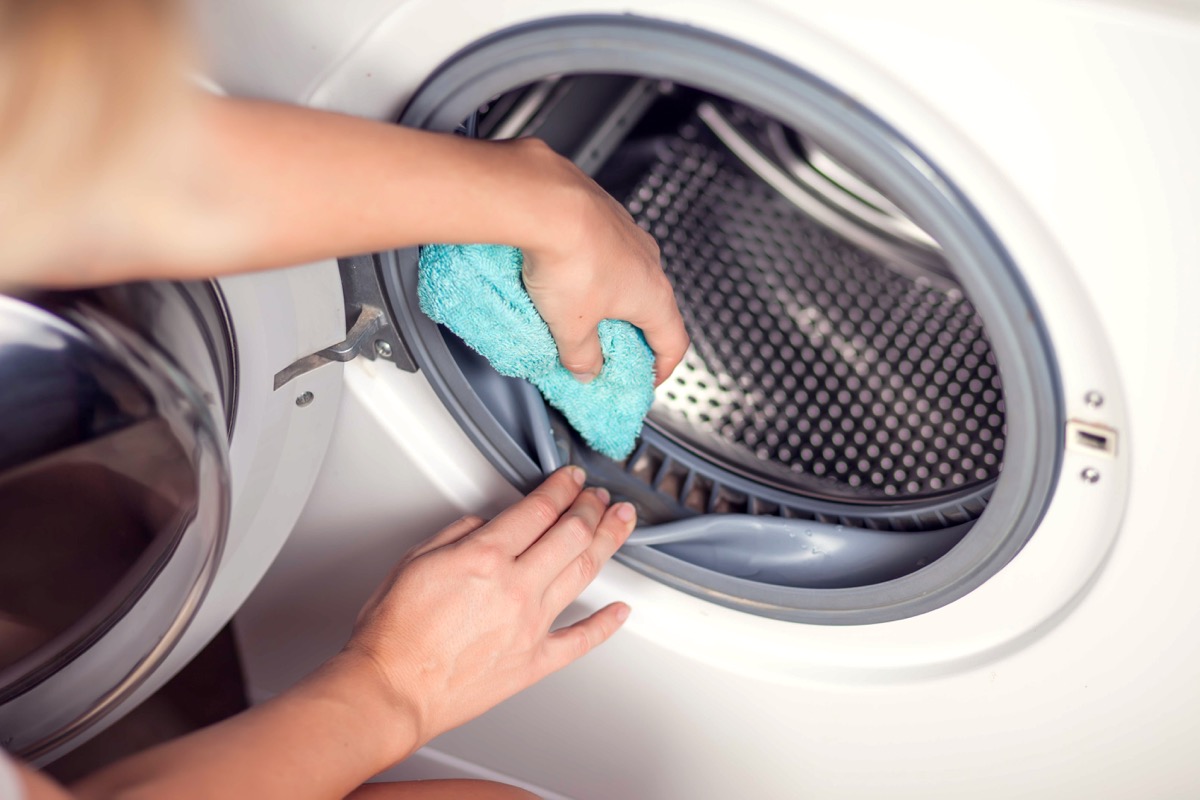
If you think the drum of your machine needs further cleaning after you run a full cycle with vinegar, try scrubbing it with rubbing alcohol.
Abe Navas, general manager of Emily’s Maids in Dallas, notes that this dissolvent will “brush away any gunk that could [have] formed.”
Make sure not to use soap instead, as it could impact future laundry loads.
Step 7: Scrub the outside of the machine.
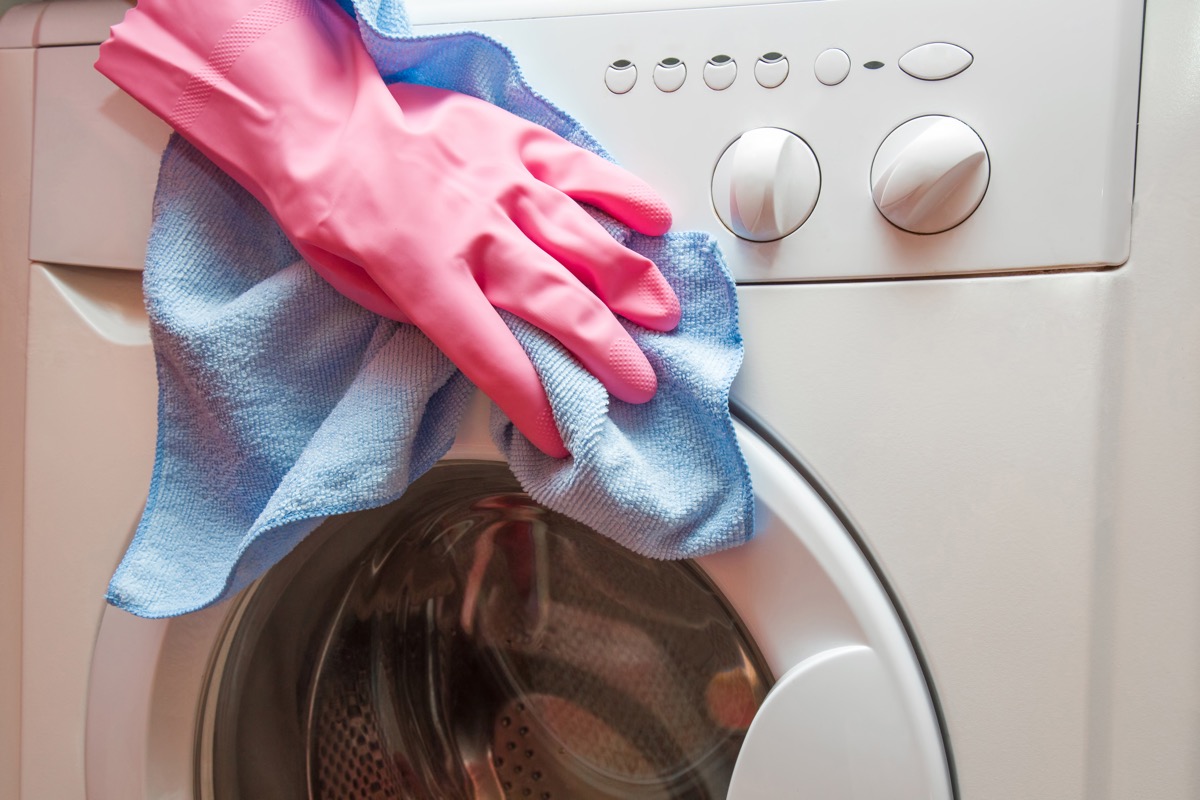
The exterior of your washing machine is much less sensitive than the interior. Therefore, Navas notes that you can simply use hot water, a brush, and dishwasher soap to “scrub anything on the exterior.”
Just be careful when you’re cleaning the back of your washing machine since that’s where all the cables are.
Step 8: Keep your washing machine’s door open.
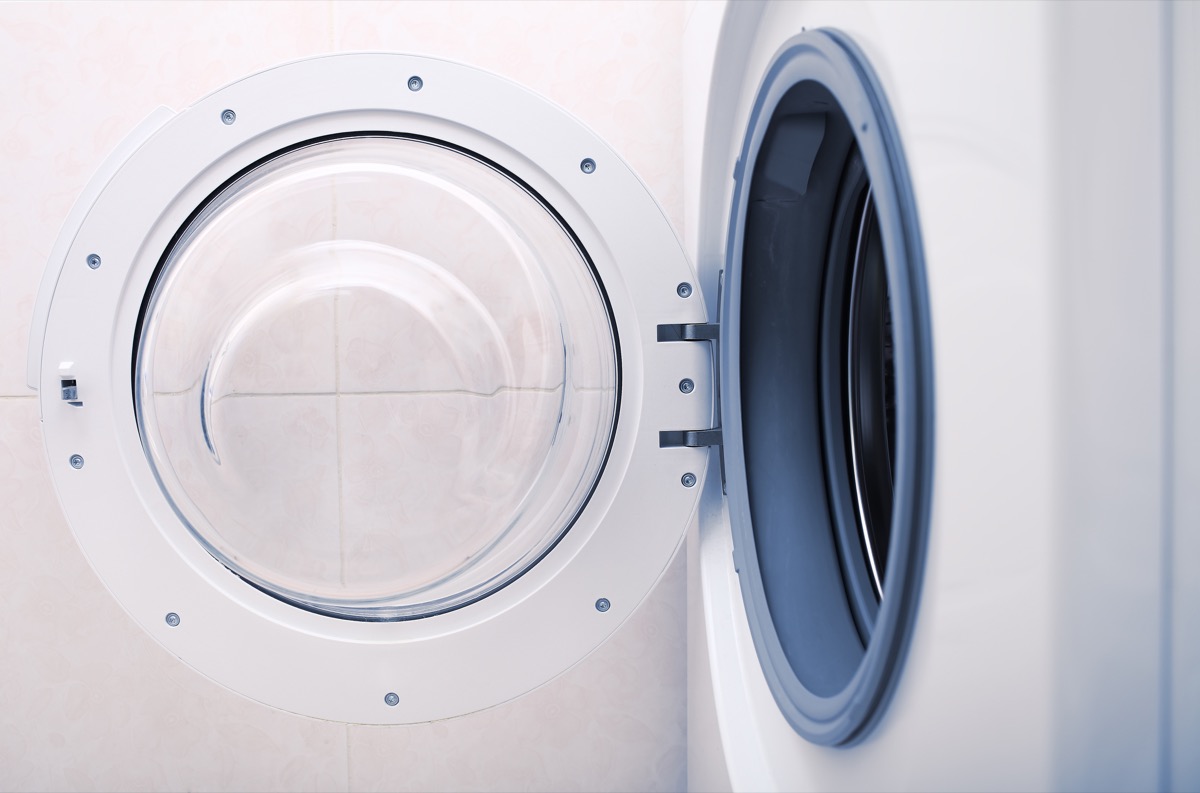
Get into the habit of keeping the washing machine door open not only after you clean it, but after every use. “If you keep the door closed, then you’re going to have much more mildew on the inside of your machine,” Maker explains.
Letting your machine dry out after every use will prevent any build-up and make future cleaning sessions much easier.
What About Using Bleach to Clean a Washing Machine?
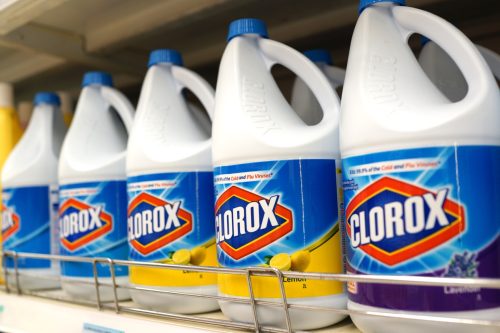
You might be wondering if it’s better to use white vinegar or bleach to clean a washing machine. This is really a personal preference, as bleach is a powerful cleaner that can cause respiratory problems if not used correctly. If you do opt for bleach, it’s best to wear a mask and gloves.
According to Clorox, their standard Disinfecting Bleach “is specially formulated with sodium hypochlorite bleach, cleaning agents and corrosion inhibitors to make running a cleanout cycle easy and effective.”
The company’s instructions say to fill your machine’s bleach dispenser to the max line with the product. Again, choose the hottest temperature setting, as well as “extra rinse.” (If you don’t have the latter setting, you can simply run a second cycle.)
Once these two cycles are complete, repeat these steps as needed to ensure all the bleach has been rinsed out. Clorox recommends doing this once a month but not more than once a week.
